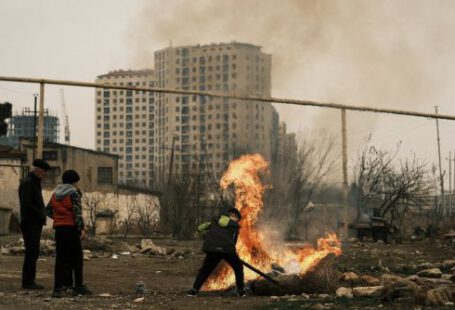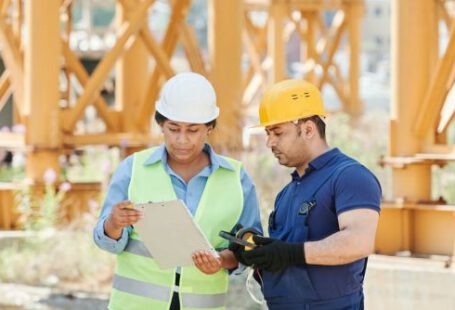In an increasingly digital age, the importance of manual labor is often overlooked. Cranes are a crucial tool for many industries, from construction to manufacturing, and safety standards are in place to ensure that operators and those nearby are not put in danger. From expert advice to best practices, this article looks at what experts think are the most important safety standards and best practices when it comes to crane operation.
The Role of the Crane Operator
The crane operator plays a vital role in the safety of a crane operation. They are responsible for ensuring that the crane is operated correctly and that all safety protocols are followed. The operator must be knowledgeable about the crane, as well as the specific task that it is handling. The operator should also be aware of the environment and the potential hazards that might arise.
Inspections and Maintenance
Regular inspections and maintenance of the crane should be conducted by a qualified engineer or technician. These inspections should be done on a regular schedule and should include an inspection of the crane’s components and a check for any damage or wear. Additionally, the operator should be trained in the proper use and maintenance of the crane, and they should be able to identify any potential safety issues.
Use of Safety Features
All cranes are equipped with a variety of safety features, such as emergency brakes, overload switches, and limit switches. It is important for the crane operator to be aware of these safety features and to use them as necessary. Additionally, the operator should be familiar with the crane’s control panel and be able to use it properly.
Safety Regulations
There are a variety of safety regulations that must be followed when operating a crane. These regulations include the use of personal protective equipment, such as hard hats and safety glasses, as well as the use of barriers and other safety features. Additionally, operators should be aware of and adhere to any local regulations that may be in place.
Training and Certification
In order to ensure that all crane operators are adequately trained and certified, the Occupational Safety and Health Administration (OSHA) has established a number of standards. These standards require that all crane operators receive proper training and certification before they can operate a crane. The standards also require that all operators are regularly evaluated and that any potential safety issues are addressed.
Conclusion
Crane safety is of the utmost importance, and it is essential that all operators and those nearby are safe. From inspections and maintenance to the use of safety features and proper training and certification, experts agree that these are the most important safety standards and best practices when it comes to crane operation. By following these standards, crane operators can ensure that their crane operations are as safe as possible.






